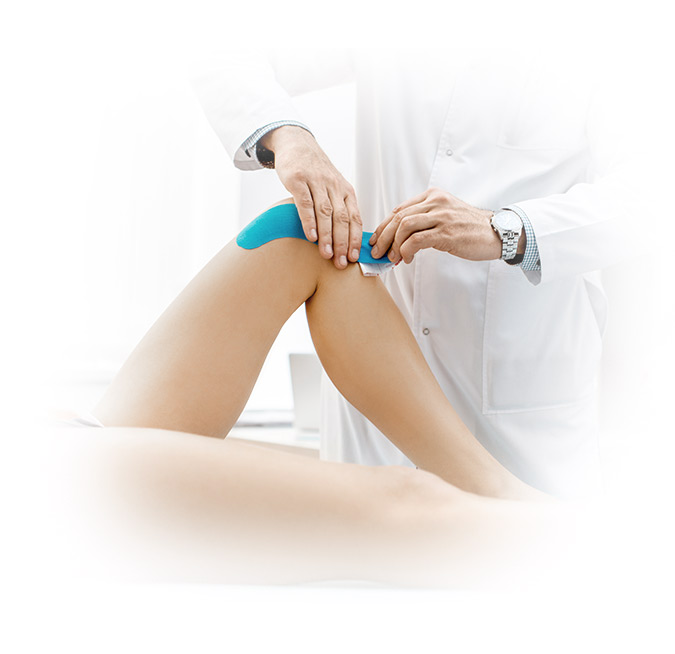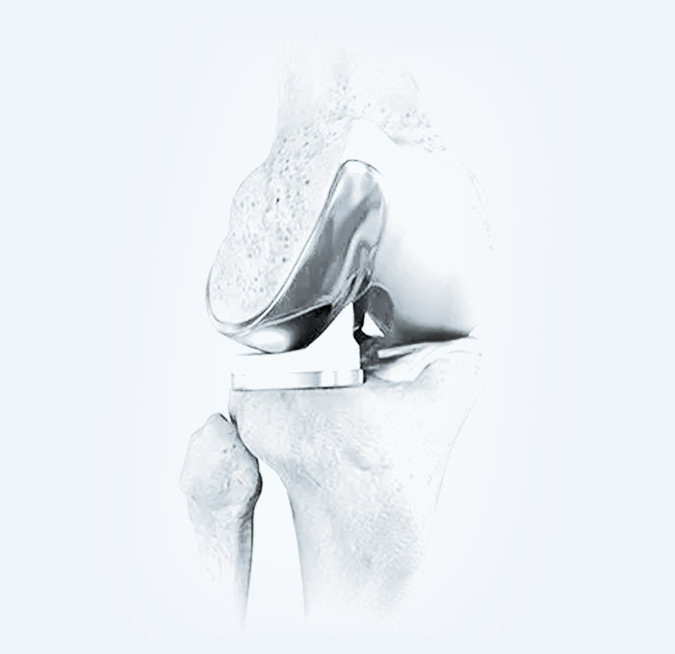Advanced Treatment Options for Knee
OIP provides expert orthopedic knee care, offering advanced diagnosis, treatment, and rehabilitation for conditions like arthritis, ligament tears, and chronic pain. Our specialists use personalized plans, from physical therapy and injections to surgical options like arthroscopy and joint replacement, to restore mobility and improve quality of life.
4.9 stars 4.95 out of 5 (1611 reviews) About star rating






















